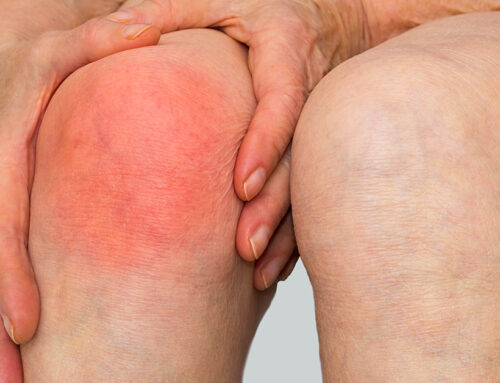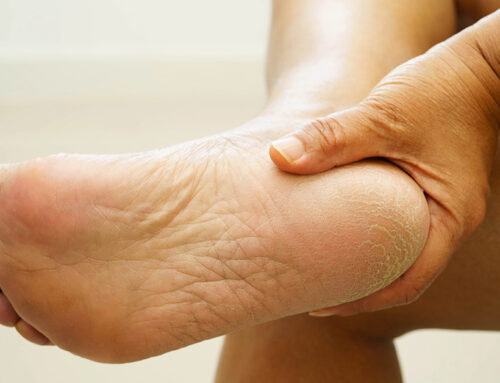
Why does my ankle hurt when I rotate it?
1. Ankle Sprain
An ankle sprain occurs when the ligaments that support the ankle stretch or tear. This often happens during sudden twists, turns, or awkward landings. Symptoms include pain, swelling, bruising, and instability. Even after the initial healing phase, the ligaments might remain weak, causing pain during rotational movements.
2. Tendonitis
Tendonitis refers to the inflammation of the tendons around the ankle, such as the Achilles tendon or the peroneal tendons. This condition is often caused by overuse, repetitive strain, or sudden increases in physical activity. Symptoms include pain, tenderness, and sometimes swelling around the affected tendon, which can be exacerbated by rotation.
3. Ankle Impingement
Ankle impingement occurs when soft tissues in the ankle are compressed during movement. This can be due to bone spurs or inflammation within the joint. Ankle impingement often causes sharp pain during certain movements, including rotation, and may lead to decreased range of motion.
4. Arthritis
Arthritis, including osteoarthritis and rheumatoid arthritis, can affect the ankle joint. Osteoarthritis is a degenerative condition that occurs with aging, while rheumatoid arthritis is an autoimmune disorder. Both conditions cause joint pain, stiffness, and swelling, which can be aggravated by rotational movements.
5. Loose Bodies
Loose bodies are small fragments of bone or cartilage that break off within the joint. These can become trapped during movement, causing pain and a sensation of catching or locking. Rotational movements can dislodge these fragments, leading to sharp pain.
6. Previous Injuries
Previous injuries, such as fractures or dislocations, can lead to chronic ankle pain. Scar tissue, weakened ligaments, or changes in joint structure can cause discomfort during rotation long after the initial injury has healed.
When to Seek Medical Attention
If you experience persistent or severe ankle pain during rotation, it's important to consult a healthcare professional. Signs that warrant medical attention include:
- Severe pain or swelling
- Inability to bear weight on the affected ankle
- Visible deformity or misalignment
- Persistent pain that does not improve with rest and home treatment
- Numbness, tingling, or signs of nerve involvement
Treatment Options
Treatment for ankle pain depends on the underlying cause. Common treatment options include:
Rest and Activity Modification
Resting the affected ankle and avoiding activities that exacerbate the pain can help reduce inflammation and promote healing.
Ice and Compression
Applying ice packs and using a compression bandage can help reduce swelling and numb the pain. Ice the ankle for 15-20 minutes several times a day.
Medications
Over-the-counter pain relievers, such as ibuprofen or naproxen, can help reduce pain and inflammation. Follow the recommended dosage instructions.
Physical Therapy
A physical therapist can design a personalized exercise program to strengthen the muscles around the ankle, improve flexibility, and enhance stability.
Supportive Devices
Wearing an ankle brace or orthotic inserts can provide additional support and reduce strain on the ankle.
Injections
Corticosteroid injections may be recommended for severe inflammation and pain that do not respond to other treatments.
Surgery
In rare cases, surgery may be necessary to address structural issues, remove loose bodies, or repair damaged tissues.
Preventive Measures
To prevent ankle pain during rotation, consider the following tips:
- Wear Proper Footwear: Choose shoes that provide adequate support and cushioning.
- Warm-Up and Stretch: Always warm up before engaging in physical activities and stretch afterward to maintain flexibility.
- Strengthen Ankles: Incorporate exercises that strengthen the muscles around the ankle to improve stability.
- Avoid Overuse: Gradually increase the intensity and duration of physical activities to avoid overuse injuries.
Ankle pain during rotation can result from various causes, including sprains, tendonitis, impingement, arthritis, loose bodies, and previous injuries. Understanding the underlying cause of your pain is essential for effective treatment and prevention. If you experience persistent or severe ankle pain, consult a healthcare professional for an accurate diagnosis and appropriate treatment plan. By taking proactive steps, you can manage ankle pain and maintain healthy, pain-free movement.





